Then check this out
https://youtu.be/oYK6JU7Nx38?si=JWPNQEosKlVMWvK-
Yes my post was about the first picture Kantara.


Oct 13, 2025 #london #diwali2025 #trafalgar
Trafalgar Square celebrated the Mayor of London’s annual Diwali on the Square on 12th October 2025, right in the heart of London.
Diwali, the Festival of Lights, is an important celebration for Hindu, Sikh, and Jain communities. It symbolises the triumph of light over darkness and good over evil. Diwali on the Square brought people from all over the UK and abroad together for a joyful day of light, hope, and unity.
The day was packed with exciting activities that included
• a colourful opening dance sequence with 200 dazzling dancers
• a main stage showcasing music, dance, and performances from London’s Hindu, Sikh, and Jain communities
• family-friendly activities like sari and turban tying, yoga, meditation, puppet shows, and dance workshops
• comedy, cookery theatres, and henna
• a bustling market and food stalls offering tasty vegan and vegetarian treats.
It was a fantastic day out for everyone to enjoy – Wishing you a Happy Diwali 2025
Indeed! I recall in an interview it was his idea to not blink when delivering his lines when playing Karna. Also he got this role because he refused to shave his moustache when he was being offered Arjun/Brihannala!
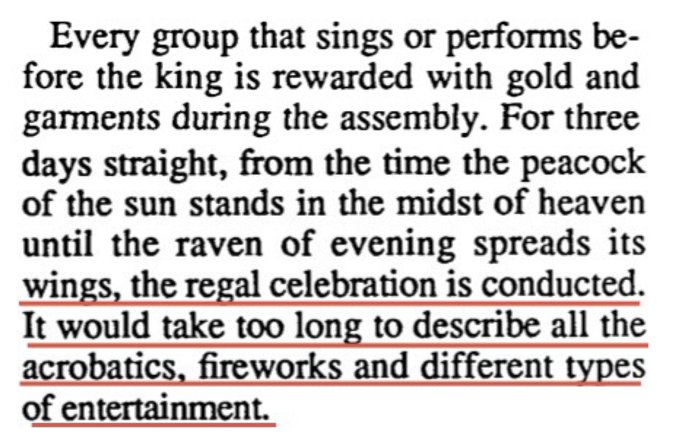
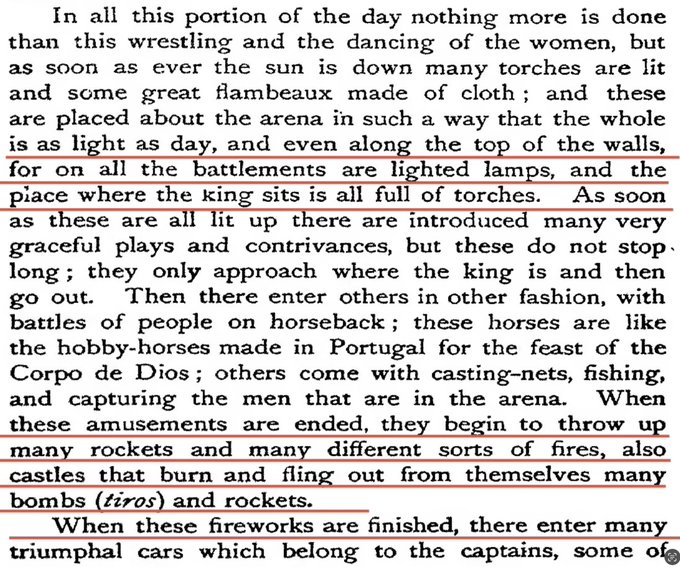
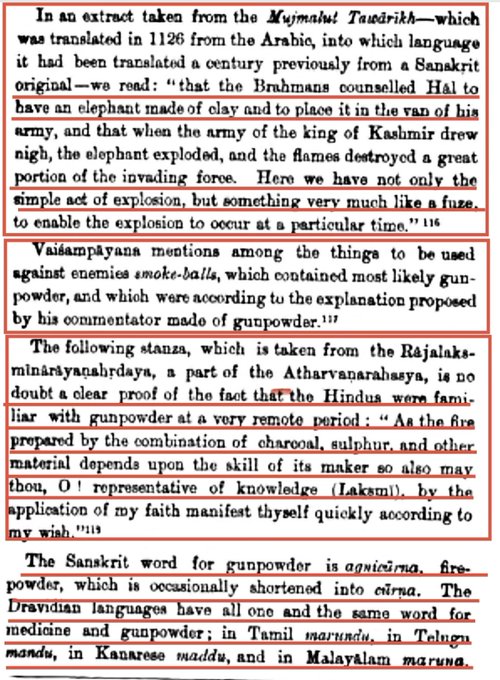
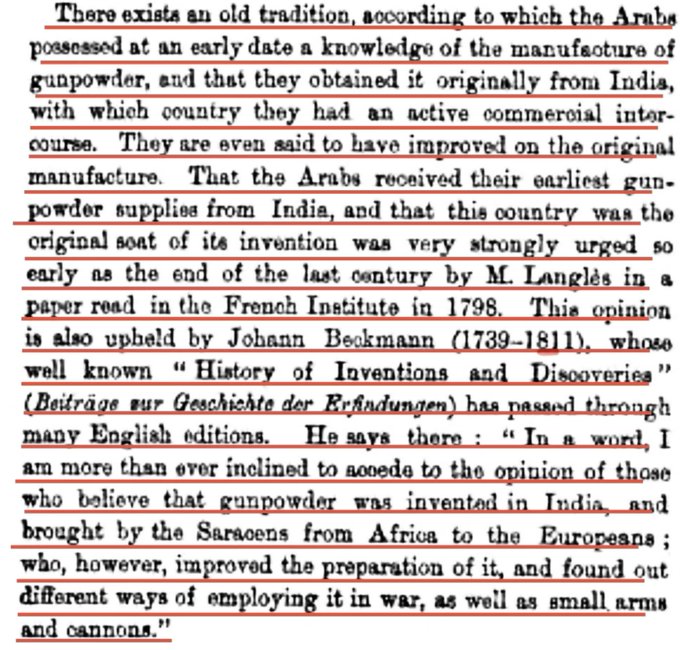
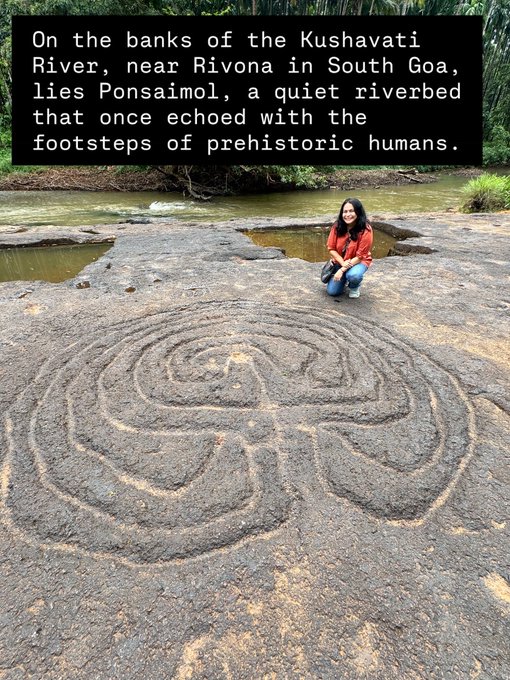
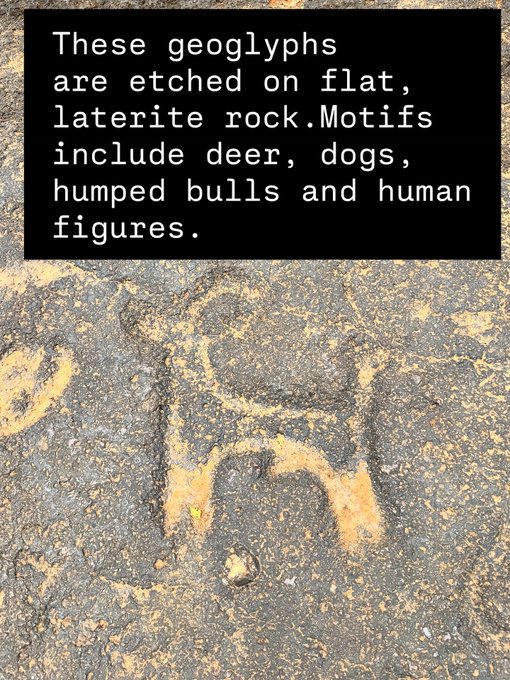


(Sorry for reposting the image, but read on.)
(Rough Translation/sense - Chakravyuha, its characteristic (impenetrability), and its grim purpose (certain death for the one who tries to enter. And geometric shape is described....where Dronacharya creates the formation and where the tragic story of Abhimanyu unfolds.अहं हि सम्प्रवक्ष्यामि व्यूहं दुर्भेद्यं सुरैरपि।
चक्रव्यूह इति ख्यातो येन मृत्युर्विनिश्चितः॥
Link below.Bibhu Dev Misra's latest article on my website (linked below) explores comet impact mythology within Rigvedic legends, examining the similarities with this type of mythology found all over the ancient world.

By Craig Stone,In Magicians of the Gods (2015) & America Before (2019) I wrote about the giant comet progenitor of the Taurid meteor stream, fragments from which sparked a global cataclysm 12,800 years ago.
Now "Taurid Smoking Gun" recognised:
sciencedirect.com/science/articl…
&
discovermagazine.com/the-sciences/s…
https://x.com/nobulart/status/179807372 ... J5sXQ&s=19In 2030 we will experience one of these gravitational lulls at precisely the time that Encke (and the Taurids) will be making one of its closest passes to Earth since the Tunguska event. Chart shows Encke-Earth distance (blue) and Sun-SSB distance (red, scaled).
Craig Stone had a detailed writing on this topic on website. Link below.This comet and its companions have been convincingly cast as the the actors in the Younger Dryas impact/airburst event.
researchsquare.com/article/rs-288…
Thanks Hriday. I have some more on this topic...
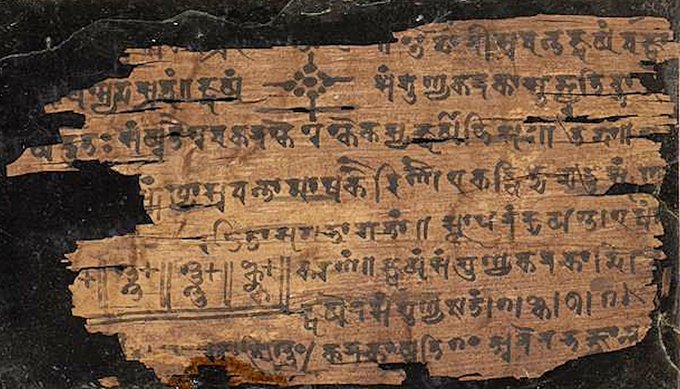
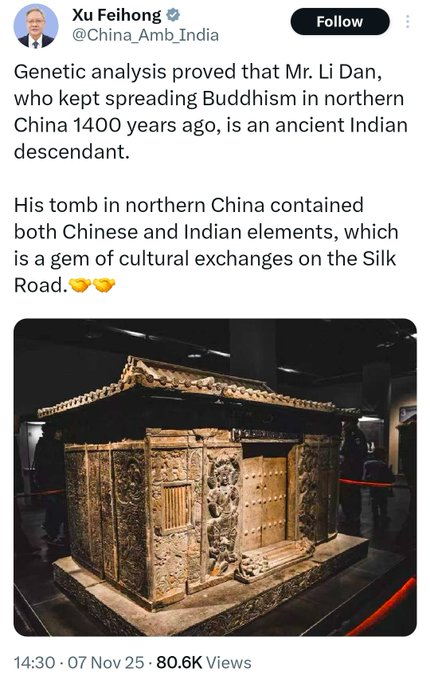
The targeting here is not so precise as that afforded by the Göbekli Tepe pillar and the Mayan calendar, but then neither is the science by which the impacts that set off the Younger Dryas are dated to 12,800 years ago. The resolution of the carbon-14 evidence upon which scientists base this chronology means that a tolerance of plus or minus 150 years must be allowed. In other words, the Younger Dryas comet – let us, for convenience, refer to it as ‘the Phoenix’ – could have struck the earth as late as 12,650 years ago (i.e. in 10,635 BC, since I am writing in AD 2015) or as early as 12,950 years ago (i.e. in 10,935 BC). Bearing in mind that half a precessional cycle is 12,960 years (or 12,954 years in the peculiarly exact calculations of the return of the Phoenix reported by Solinus 13), we are therefore being invited to consider a period that begins in just ten years from the time of writing, i.e. around AD 2025, and that cannot be considered to have passed safely until AD 2325 – i.e. until the full 12,960 years have elapsed after the latest possible date for ‘the Phoenix’ impacts. The Mayan calendar and Pillar 43 at Göbekli Tepe, however, refine the calculation, as we’ve seen. If I understand the message correctly, we’re in the danger zone now and will be until 2040. I’m reminded of the Ojibwa tradition cited in Chapter Three: The star with the long, wide tail is going to destroy the world some day when it comes low again. That’s the comet called Long-Tailed Heavenly Climbing Star. It came down here once, thousands of years ago. Just like the sun. It had radiation and burning heat in its tail. The comet burnt everything to the ground. There wasn’t a thing left. Indian people were here before that happened, living on the earth. But things were wrong; a lot of people had abandoned the spiritual path. The holy spirit warned them a long time before the comet came. Medicine men told everyone to prepare. Things were wrong with nature on the earth … Then that comet went through here. It had a long, wide tail and it burnt up everything. It flew so low the tail scorched the earth … The comet made a different world. After that survival was hard work. The weather was colder than before … 14
See the first part of the YouTube link below. I am unable to embed the YouTube link.As per Sadhguru, a "super sun" refers to a time when our solar system's position in its galactic orbit brings it closer to a more potent source of energy, which is believed to usher in an era of expanded human consciousness and intelligence. This is not a physical "super sun" in the sense of our Sun becoming larger, but rather a period marked by increased solar radiation, gamma rays, and other energy fluxes that stimulate human development and a greater awareness of the interconnectedness of all life.
• A period of heightened energy: Sadhguru's concept of a "super sun" is tied to a cycle of yugas, or ages. When our solar system passes through a specific zone in the galaxy, it experiences an increase in energy from cosmic sources, which he refers to as being closer to a "super sun".
• Impact on humanity: This increased energy is believed to facilitate a "blossoming of human intelligence". People would naturally move towards higher states of consciousness, and the ability to see the body and universe as electric structures would become more apparent.
• Catalyst for change: This period is seen as a time of significant change and awakening, where the struggles and superficial concerns of the current age would fade, replaced by a more direct and intelligent way of living.
• Connection to yogic practices: Sadhguru's practices, like Surya Kriya, are designed to help individuals align with these natural cycles and prepare for such shifts, allowing them to use the body as a "key to existence" and harness these energies. [1, 2, 5, 6, 7]
AI responses may include mistakes.
[1] https://www.facebook.com/sadhguru/posts ... 105769146/
[2] https://isha.sadhguru.org/en/wisdom/art ... lies-ahead
[3] https://isha.sadhguru.org/en/wisdom/vid ... sciousness
[4] https://www.yogaspirit.com.au/about/blo ... nrise-yoga
[5] https://isha.sadhguru.org/en/wisdom/art ... ecting-sun
[6] https://www.youtube.com/watch?v=3bkLxKAA3w8
[7] https://isha.sadhguru.org/en/wisdom/art ... ally-means
In the above video Sadhguru also mention other fascinating points such as,Sadhguru speaks about Kalki – the tenth and final avatar of Lord Vishnu – and the significance of his arrival for human consciousness. He also looks at yugas, the significance of kalyug and provides a Yogic perspective on human intelligence.
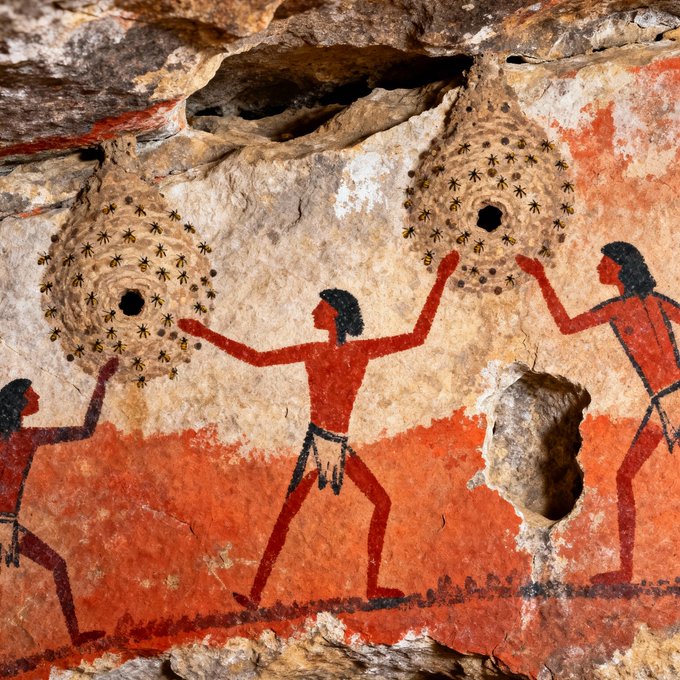
Savitri Mumukshu - सावित्री मुमुक्षु@MumukshuSavitri
Hello Folks:
Since so many of you kept pressuring me to write longform, I decided to force myself to take the plunge and start writing on Substack. Right now I'm just starting out - but will learn to evolve content along the way.
You can read my first Substack post here:
The Discovery That Didn’t Fit the Script https://open.substack.com/pub/mumukshus ... Share=true
Savitri Mumukshu
The Discovery That Didn’t Fit the Script
How a 4,500-year-old Indian sculpture shattered colonial assumptions.
Savitri Mumukshu
Nov 17, 2025
Pandit Madho Sarup Vats was not just another archaeologist; he was a quiet powerhouse. He was a Sanskrit scholar, an excavator with instinct, and later Director of the ASI (1950–54). Between 1925 and 1934–35, while supervising the Harappa digs, he made a discovery that should have rewritten global art history: a rare red jasper male torso unearthed in 1928 just south of the Great Granary. Its smooth anatomical modeling, subtle musculature, and naturalistic proportions were so advanced that it invited comparison to classical Greek sculpture, except that the Greeks wouldn’t achieve such realism for another two millennia.
Vats confidently dated it to the Mature Harappan period. The stratigraphy was airtight: the torso was excavated from the same level as securely dated Harappan artifacts around 2300 BCE. It was nowhere near later cultural layers, eliminating any possibility of intrusion. Yet when Vats presented his carefully reasoned conclusion, his British superior Sir John Marshall flatly rejected the idea that Indians could have produced such refined art 4,000 years ago.
In 1931, an astonished Marshall wrote “The statuette is of a fine red stone . . . now there was no stone obtainable at Harappa or anywhere near it. Whatever stone was needed there had to be brought from great distances. . . . There is another point of technique that is also significant. In the red stone statuette there is a large circular depression in front of each shoulder, with a smaller circular protuberance broken in the middle of it. What these depressions were for is not clear. They look as if they were to be inlaid with circular ornaments …... The treatment of the red stone torso could hardly be simpler or more direct. The pose is a frontal one with shoulders well back and abdomen slightly prominent but the beauty of this little statuette is in the refined and wonderfully truthful modeling of the fleshy parts.... This is a work of which a Greek of the fourth century B.C. might well have been proud. And yet the set of the figure, with its rather pronounced abdomen, is characteristically Indian, not Greek; and even if Greek influence could be proved, it would have to be admitted that the execution is Indian.”
Marshall’s doubt wasn’t surprising - he had responded the same way when shown the iconic bronze “Dancing Girl” of Mohenjo-daro. In his own words:
“Modelling such as this was unknown in the ancient world up to the Hellenistic age of Greece, and I thought, that some mistake must surely have been made. These figures must have found their way into levels some 3000 years older than those to which they properly belonged.”
Instead of revising his assumptions, he revised the date altogether!
Supported by Sir Mortimer Wheeler, Marshall pushed the claim that the torso must belong to the Gupta period - a full 3,000 years later than the layer in which it was actually found.
Vats, however, refused to back down, and the date of the sculpture remains “disputed” till date, largely because early colonial archaeologists couldn’t believe what the evidence was showing them. Despite Vats’ thorough rationale, his British Boss, Sir John Marshall simply refused to believe that such a well modeled sculpture could have been created by Indians 4000 years ago. Vats also discovered a Shiva Lingam in the area which Marshall simply ignored.
Wheeler in particular brought a military rigidity and an open disdain for Hindu traditions into his archaeology. He admired Max Müller’s interpretations of the Rig Veda and arrived already convinced of Müller’s tale of the Aryan warlike god Indra toppling fortified cities. “Where are - or were these citadels,” he famously asked. When skeletons appeared at Mohenjo-daro, Wheeler celebrated his own theory: “On circumstantial evidence, Indra stands accused,” he declared before retiring.
This is the same Wheeler who looked down with disdain upon Hindu history butlater took credit for the discovery of the ancient Tamil port of Arikamedu - a site actually identified by Indian archaeologist Dr. Aiyappan, then Director of the Madras Museum.
Another Harappan figure of a dancer balanced on his right leg with the torso bent gracefully pushed Marshall even further. His analysis was revealing:
“It will be observed, there are socket holes in the neck and shoulders for attachment of head and arms, which were made in separate pieces. So far as I know, this technique is without parallel among sculptors of the historic period, whether of the Indo-Hellenistic or any other school. I infer from the thickness of the neck, that the dancer was 3 faced, and may represent Siva Nataraja.”
In other words: the technique was unprecedented, unmistakably ancient, and possibly even connected to early Hindu iconography, yet still somehow incompatible with Marshall’s belief that such artistry could not be Harappan.
What makes all of this even more ironic is how these sites were discovered in the first place. Early British teams weren’t looking for India’s own civilizational past - they were chasing someone else’s. Harappa and Mohenjo Daro first came to light because surveyors were trying to trace the route of Alexander’s march into India. Likewise, when Arikamedu was excavated, the goal was to find evidence of Roman trade, not ancient Tamil maritime history. In both cases, the archaeology began with a Western lens - and then clung to it even when the soil revealed something far older, far more Indian, and far more sophisticated than expected.
Taken together, these artifacts prove something remarkable: the people of the Indus Valley had developed unique, advanced sculptural methods over 4,500 years ago - techniques predating and differing from anything in the ancient world. And given their forms, symbolism, and cultural continuity, it is entirely plausible that these pieces represent early Hindu artistic traditions.
It is long overdue that we re-examine discoveries like these without the colonial filters that once dismissed India’s accomplishments as historical impossibilities. The evidence is there. It always has been. What’s changing now is our willingness to finally look at it on its own terms.
Thanks for reading! This post is public so feel free to share it.